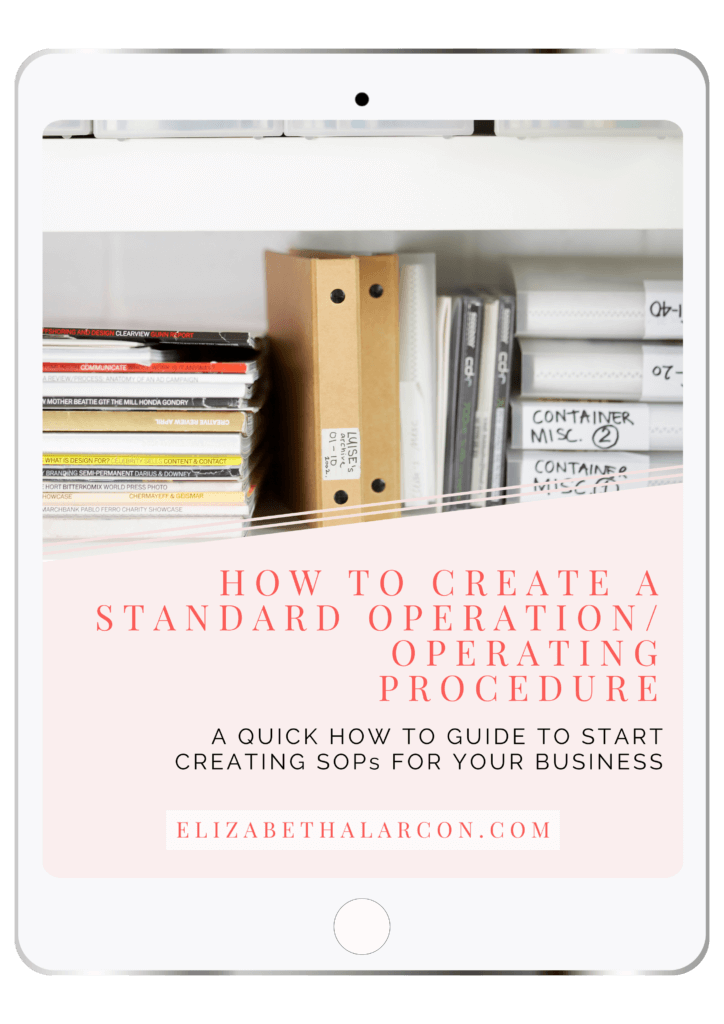The Complete Guide on How To Do A SWOT Analysis For Your Business
A SWOT analysis is a powerful tool for understanding the strengths, weaknesses, opportunities, and threats of an organization or project. It can be used to assess internal factors (such as capabilities and resources) as well as external factors (such as economic conditions and competitor actions). By identifying these key elements, a SWOT analysis can help organizations make decisions about how to best move forward.
When conducting a SWOT analysis, there are a few things to keep in mind. First, be sure to involve people from all levels of the organization in the process. This will ensure that you get a well-rounded perspective on the situation. Second, don't get too bogged down in the details. The goal is to identify the key factors that will impact your decision-making, not to create an exhaustive list of everything that could potentially be a factor. Finally, remember that a SWOT analysis is just one tool in your decision-making toolbox. Be sure to use it in conjunction with other tools, such as financial analysis, to make the best decision for your organization.
There are a number of different ways to conduct a SWOT analysis, but the basic process involves four steps:
- Identify the organization's or project's strengths.
- Identify the organization's or project's weaknesses.
- Identify external opportunities that could be exploited.
- Identify external threats that could impact the organization or project.
The goal of a SWOT analysis is to help organizations or individuals identify areas where they can improve or take advantage of opportunities. It is not meant to be a comprehensive assessment, but rather a starting point for further discussion and analysis.
When conducting a SWOT analysis, it is important to keep in mind that the goal is to identify both positive and negative factors. This can be difficult, as many people naturally tend to focus on the positive. However, it is important to consider both the good and the bad in order to get a complete picture of an organization or project.

SWOT Analysis
There are a few key steps to conducting a SWOT analysis in more detail:
- Identify the organization's or project's strengths. This can include skilled personnel, valuable resources, or a favorable location.
- Identify the organization's or project's weaknesses. This can include things like limited funding, inexperienced staff, or a poor reputation.
- Identify external opportunities that could be exploited. This can include favorable market conditions or a change in government policy.
- Identify external threats that could impact the organization or project. This can include things like a competitor's new product or an economic recession.
By identifying these key elements, a SWOT analysis can help organizations make decisions about how to best move forward.
Strengths
- what does the business do well?
- what are its strengths?
- what does it do better than its competitors?
- what unique resources does it have that its competitors don't have?
Weaknesses
- what does the business not do well?
- what are its weaknesses?
- what does it do worse than its competitors?
- what vulnerabilities does it have that its competitors don't have?
Opportunities
- what opportunities does the business have to grow?
- what trends is it capitalizing on?
- what needs in the market is it filling?
Threats
- what threats does the business face?
- what trends is it not capitalizing on?
- what needs in the market is it not filling?
- what new technologies could disrupt its business?
- what new competitors could enter its market?
Based on everything that's been discussed so far, what are your business's strengths, weaknesses, opportunities, and threats (SWOT)?
You likely just opened up Pandora's box.
Now that you know how to conduct a SWOT analysis, it's time to put your knowledge into practice. Choose a project/department/process that you want to assess, and then follow the four steps outlined above. Once you've identified the key elements of the SWOT analysis, you can start to make decisions about how to best move forward and start delegating!
- Which of these solutions/ideas should be given priority?
- How will these solutions/ideas be implemented?
- Who will be responsible for implementation?
- When will implementation take place?
- What are the expected results of implementation?
- How will these results be measured?
- What are the risks and uncertainties associated with each proposed solution/idea?
- What contingency plans are in place to deal with these risks and uncertainties?
- Are there any other factors that could impact the business's ability to achieve its goals and objectives?
- What else should be considered when conducting a business review?
When conducting your business review, it's important to keep an open mind and look at the business objectively. Try to avoid biased thinking, and don't be afraid to think outside the box. Remember, the goal is to identify areas where the business can improve, so don't be afraid to be critical.
If you're still unsure or can't decide where to begin, here are some areas that could probably use a bit of housekeeping:
1. Review financial statements
Reviewing financial statements is a good place to start when conducting a business review. Financial statements can provide insights into the business's overall financial health and performance. They can also help you identify areas where the business may be struggling financially.
2. Review business operations
Another important aspect of conducting a business review is to review the business's operations. This includes evaluating how the business is run on a day-to-day basis. Are there any areas of the business that could be improved? Are there any inefficient processes that could be streamlined?
3. Review customer satisfaction
Customer satisfaction is another important metric to review when conducting a business review. This can be done by surveying customers and asking them about their experience with the business. What did they like? What didn't they like? Would they recommend the business to others?
Business intelligence tools (think Google Analytics, your CRM software, etc...)can be a valuable resource when conducting a business review. These tools can help you collect and analyze data so that you can identify trends and patterns. This information can be used to make informed decisions about the business.
4. Review employee satisfaction
Employee satisfaction is another important factor to consider when conducting a business review. This can be done by surveying employees and asking them about their experience working for the business. Do they feel like they are valued? Do they have the resources they need to do their job? Are they satisfied with their work-life balance?
5. Check social media and other marketing/sales channels
In today's day and age, social media is a powerful tool that can be used to gauge public opinion. When conducting a business review, be sure to check social media platforms (such as Facebook, Twitter, and Yelp) to see what people are saying about the business.
6. Review business goals and objectives
Last but not least, it's important to review the business's goals and objectives when conducting a business review. Are the business's goals realistic? Are they achievable? What needs to be done in order to achieve them?
Conclusion
Conducting a SWOT analysis can be a daunting task, but it's an important one. By taking the time to review the business's operations, financial health, and goals, you can get a clear understanding of where the business stands and where it needs to go.
The takeaway from this is that a SWOT analysis is an important process that should be conducted periodically in order to assess the health and performance of a business. By taking the time to understand your strengths, weaknesses, opportunities, and threats, you can make more informed decisions about the business and its future.
THIS SITE USES AFFILIATE LINKS. THERE’S NO EXTRA COST TO YOU, BUT I RECEIVE A SMALL COMMISSION WHEN YOU USE THEM.
PIN ME!












💁🏻♀️ Community Guidelines
To ensure a positive and respectful environment for everyone, please take a moment to review our Community Guidelines. Following these guidelines helps us maintain a safe space for all.